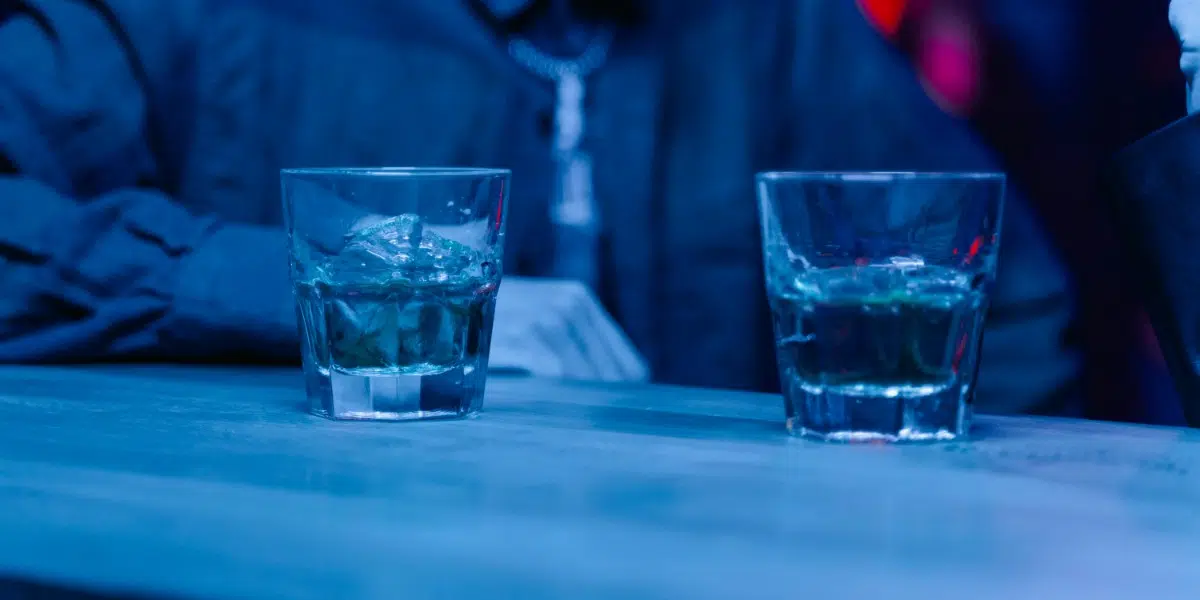The Impact of Journaling on Addiction Recovery & Relapse Prevention
Discover how journaling aids in addiction recovery by increasing self-awareness, managing stress, preventing relapse, and encouraging growth. Learn about different journal types and effective journaling tips.
Alcohol Relapse: A Deep Dive into the Statistics and Recovery Challenges
Alcohol addiction, one of the most widespread substance use disorders globally, affects millions of people each year. While many seek help and enter recovery programs, maintaining long-term sobriety remains a significant challenge for a vast number of individuals. The...
Exploring Alcohol Addiction Relapse Rates
What is the Relapse Rate for Alcohol Addiction? Studies indicate that the relapse rate for alcohol addiction ranges from 40-60% within the first year after treatment completion. This rate is similar to other chronic diseases, underlining the chronic nature...
Relapse Prevention Strategies
What Are the Most Effective Relapse Prevention Strategies? Relapse prevention is essential for maintaining long-term sobriety, especially considering that addiction is a chronic disease. It involves adopting proactive measures, such as identifying triggers and building a strong support system,...
Relapse Prevention Plan
Relapse prevention is an integral component of a comprehensive substance abuse treatment plan and the goal for a treatment episode. Relapse prevention involves a strategic approach to identify and manage triggers that could lead to relapse. An initiative-taking stance...
Clonidine For Withdrawal – How It Works
Clonidine, originally an anti-hypertensive drug, has been used off-label for decades to ease opioid withdrawal symptoms. It works by blocking chemicals in the brain that trigger sympathetic nervous system activity. The goal is to reduce the length of the...
Mastering Relapse Prevention in Exclusive Recovery Programs
Relapse prevention is a critical component of any comprehensive substance abuse treatment plan. It involves developing a strategic approach to identify and manage the internal and external triggers that could lead to a return to substance use. This proactive...
- 1
- 2










